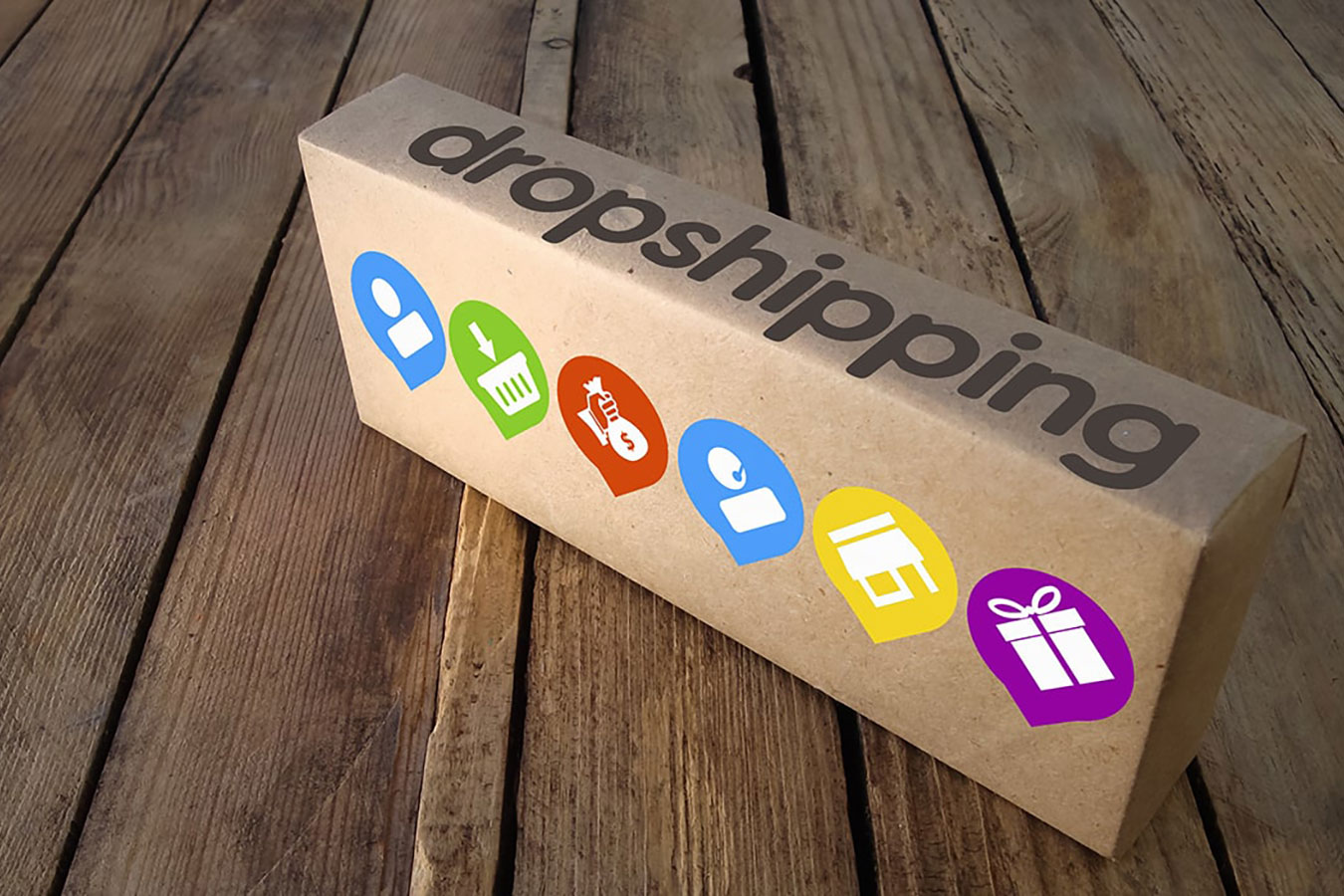
One of the most common question I get is “Where do I look for legitimate drop shipping wholesalers and suppliers”? In this screencast, I’ll tell you exactly where to find great drop shipping sources. You’ll also learn to identify top tier suppliers you’ll want to partner with as well as how to spot – and avoid – the bad ones.
Short on time? Scroll down to view the individual slides so you can get the takeaways in less time.
Video Transcription
Hey, guys, Andrew here from eCommerceFuel.com. In this screencast, I want to talk about a question that I get really frequently, which is “How do you find great drop shipping suppliers?” So, if you invest the time to watch this video, you’re going to learn where to look for great drop shipping suppliers, how to identify the good ones that you can actually build a profitable business around, and how to avoid the bad ones that are going to cause you problems.
Let’s start off with where to look for suppliers. My favorite place to look, at the beginning, is to contact the manufacturer of the product you want to sell. They’re usually going to have a list of all of their wholesale distributors, and they’re going to be eager to expand their retail network. So usually, you should be able to get a lot of traction and find some great sources just by calling the manufacturer and saying you want to sell their product.
Secondly, look in Google, and this is no breakthrough revelation. But what you may not know is you need to dig deep. Wholesale suppliers are notoriously bad at advertising and marketing. So, they’re just not going to pop up on the front page of Google when you type in “teapot supplier”. Not going to happen. You’re probably going to have to dig through five, six, seven maybe 10 different pages in Google. So, make sure you dig.
Also, make sure you’re using more than just the “wholesale” modifier. Use words like “distributor”, “bulk”, “reseller”, “warehouse”, “supplier”. Using all of these is going to make it much more likely you’re going to find a supplier in your niche.
The question I get a lot is, “Should you pay out for wholesale directories, for paid wholesale directories?” Kind of a mixed bag here. The one that I have used and can recommend is Worldwide Brands. It costs about $300, which is not cheap, but they do have a great directory of wholesale suppliers. It’s fantastic for finding new product sources. It’s also a great tool for brainstorming niche ideas.
That being said, it is not required to get started. You can definitely find good suppliers on Google. It takes a little more legwork. It takes a little bit more digging and time, but definitely it is possible.
Still no luck? Well, you can order from the competition if you think they’re drop shipping the product that you want to sell. A little shout out to Tim Ferriss. This is one of his tips in “The 4-Hour Workweek”. This isn’t a strategy I’ve used myself. Personally, if you get to the point where you can’t find a supplier anywhere else – and your last hope is to order from a supplier you think may be drop shipping in order to find a drop shipper – well, it’s a bad sign.
That might mean that there’s not very much demand in the market because if there was, there would be more suppliers available to fulfill that. So, this is kind of a Hail Mary and you can try it, but it’s also a bit of a red warning flag.
So, we talked about where to look for suppliers. Let’s talk about how you evaluate them. Suppliers, obviously, are the backbone of your drop shipping business. They’re crucially important, and you’re going to be responsible for their errors. Nothing is worse, nothing, than having a supplier make a mistake, having a customer calling you angrily, and have to take responsibility for that. Because you can’t pawn it off on a drop shipper. It just doesn’t work like that. So, finding good ones is crucial for a number of reasons.
Great suppliers invest in technology. A really well laid out website, data feeds, live inventory, and the ability to change orders online. These are all signs of a great wholesale supplier.
Great suppliers take orders by email. This may sound maybe a little bit obvious, but you’d be surprised. There are some wholesalers out there that won’t take orders by email. Once you get to the point where you’re trying to automate your business, you may be able to integrate live feeds and XML feeds for automatic order sending. But what you’re definitely going to be able to do is set up new order emails to be routed directly to your supplier. If you can do that, and they’ll take the orders by email, it’s a great way to automate your business. If they don’t, it’s going to make it a lot more work for you fulfilling orders.
Great suppliers take credit cards. Kind of an out of place picture here, but you’ve got the Taj Mahal down there. That little dot is myself and my wife in the corner. We took a seven month around the world trip paid for almost exclusively with frequent flier points that we racked up. So, if you can make sure that your suppliers are fine with taking credit cards on an ongoing basis, you can rack up some awesome, awesome rewards.
Great suppliers have rock star sales representatives. This is particularly important if you’re just getting started in a niche, because you may not know much about it. That sales rep is going to be your go-to source for information for when you have questions your customers have, and as you’re getting acclimated and knowledgeable about your market. So, having a sales rep that really knows their stuff is hugely valuable.
Great suppliers are centrally located. This is a UPS transit map, and you can see – I think this is for a Kansas City-based supplier. Someone from Kansas City could pretty much ship UPS Ground to anywhere in the United States – with a couple of exceptions – within three days, which is fantastic. Stuff gets to customers more quickly. You can almost guarantee three-day delivery without having to pay up for special 3 Day Select with UPS. Your shipping fees are going to be a little bit cheaper. It’s great. So, centrally located suppliers are wonderful.
Great suppliers do not charge big fees. It’s pretty common to see maybe a two to $5 drop ship fee per order depending on how complicated and involved it is to ship that order, but if you start dealing with a supplier who asks for $50, or $100, or $200 a month, just for the privilege of buying from them, no. That’s crazy. Don’t do business with those guys.
Finally and most importantly, you need to have more than one supplier for a specific business. This is crucial. It gives you more fulfillment options, so with overlapping inventory for two suppliers your chance of having an out of stock item is significantly decreased. It increases your shipping flexibility, especially if your suppliers are in different geographical locations – one on the East Coast and one on the West Coast – then you can route orders through the warehouse closest to your customers, which is great.
It offers more competition amongst suppliers, which leads to lower prices for you because ultimately they know they’re competing for your business. Less out of stock items when you have multiple suppliers, again, because you’ve got redundancy in your product stocking. There’s less wholesale expense because you’ve got wholesalers competing for your business, and overall, you just have less headaches when you’ve got a couple different suppliers.
Before committing to a supplier – because you are committing, you’re building a business around them. You’re getting to know them. You’re building a website based on their product lines. Before committing, there are three things you want to do, because you really don’t want to get in bed with a bad supplier. It’s going to be painful.
First, talk with a sales rep. Make sure you spend a good 10, 15, 20 minutes on them to get a sense for their level of service, to get a sense for the depth of their knowledge in the niche. Those are really important.
Secondly, ask for references and don’t let them give you some guy who ordered three items two years ago. Make sure that you get a customer who’s ordering a decent volume on a very regular basis and talk to them. They’ll give you a real good idea of what kind of service and quality you can expect from the supplier.
Finally, test the supplier by placing a couple of orders. There may not be anything better than actually placing an order with a supplier to see how well they fulfill your drop shipment. So, place a couple small test items. See how quickly they ship out. See how quickly they send you tracking information. See how well they’re packaged when they show up. You’ll get a great idea for the level of fulfillment service you can expect.
How suppliers fit into picking a niche. What comes first, the niche or the supplier? Kind of a little play on the chicken or the egg thing. I’d say probably the most popular approach is people will pick a niche, and then proceed to picking a supplier, which is fine. That’s a great strategy. But don’t forget about, or don’t discount the inverse, which is looking for great suppliers and then inferring a niche based on them.
If there’s a really good supplier, the chances are strong that they’d become a good supplier in a strong market because there’s a dynamic and vibrant customer base there that they serve. So keep your eyes out for good suppliers and you might be able to back your way into some great niche businesses.
So, takeaways; suppliers stink at advertising. They’re awful. So, you’re going to have to dig on Google. Don’t stop at page one or two. Make sure you dig through at least the top 50 or 100 listings, maybe more.
Secondly, suppliers are crucial to your success, so make sure you choose wisely. Don’t just go pick the first one you find. Make sure that you grade them and you vet them, because they’re going to be an integral part of your business. Finally, suppliers can point you to great niches, so make sure to keep your eyes open.
If you’re interested in learning more about drop shipping and building a profitable e-commerce business, please visit my blog at eCommerceFuel.com. You’ll also be able to download a copy of my free, 55-page e-book, “Profitable E-Commerce”, where I talk about niche selection, supplier evaluation, and competitive research in detail. Thanks a lot for watching.

